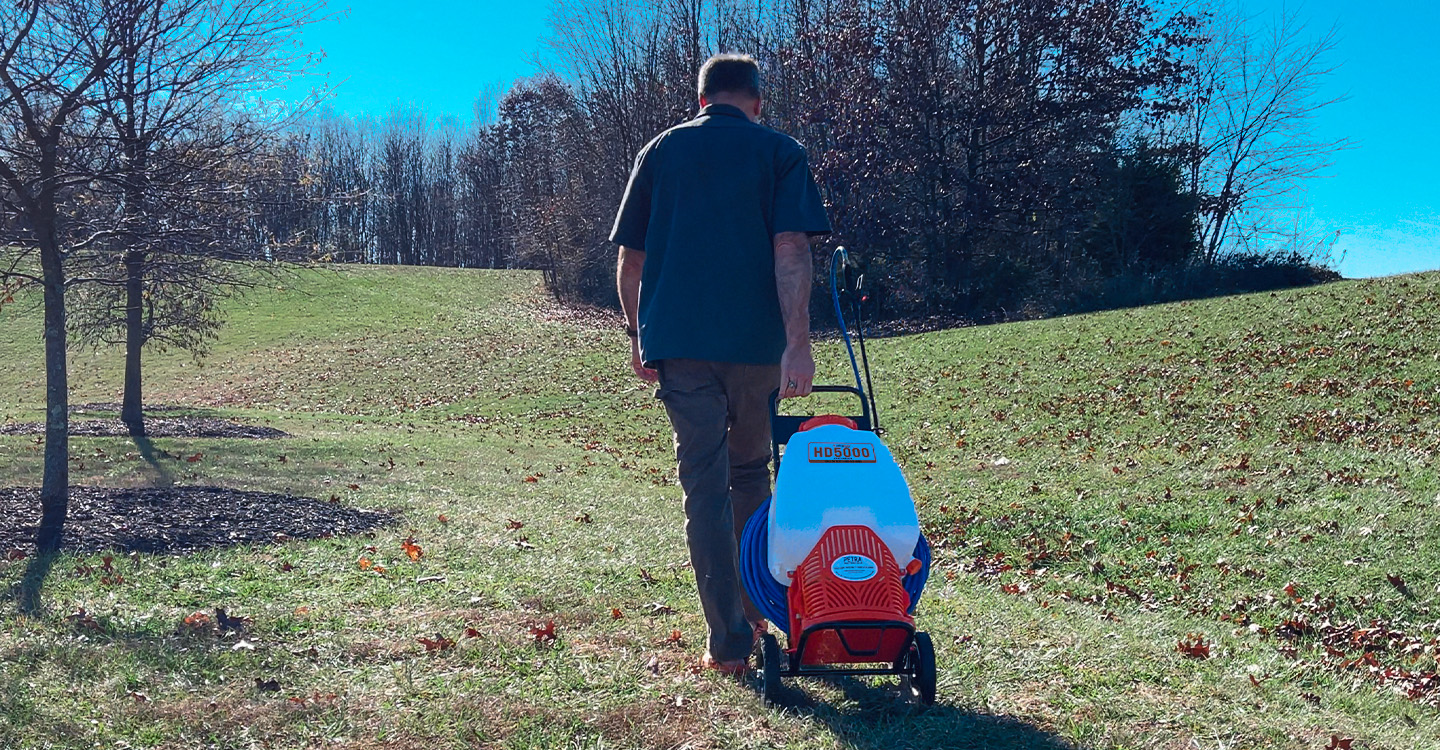
How to Properly Water Your Lawn: A Complete Guide
As summer approaches, it’s time to turn on your sprinklers and start a consistent watering schedule. Whether you have ...
As summer approaches, it’s time to turn on your sprinklers and start a consistent watering schedule. Whether you have ...
As summer approaches, it’s time to turn on your sprinklers and start a consistent watering schedul...
More Like This
-

The Ultimate 7-Day D...
-

Garden Design
How to Properly Wate...



